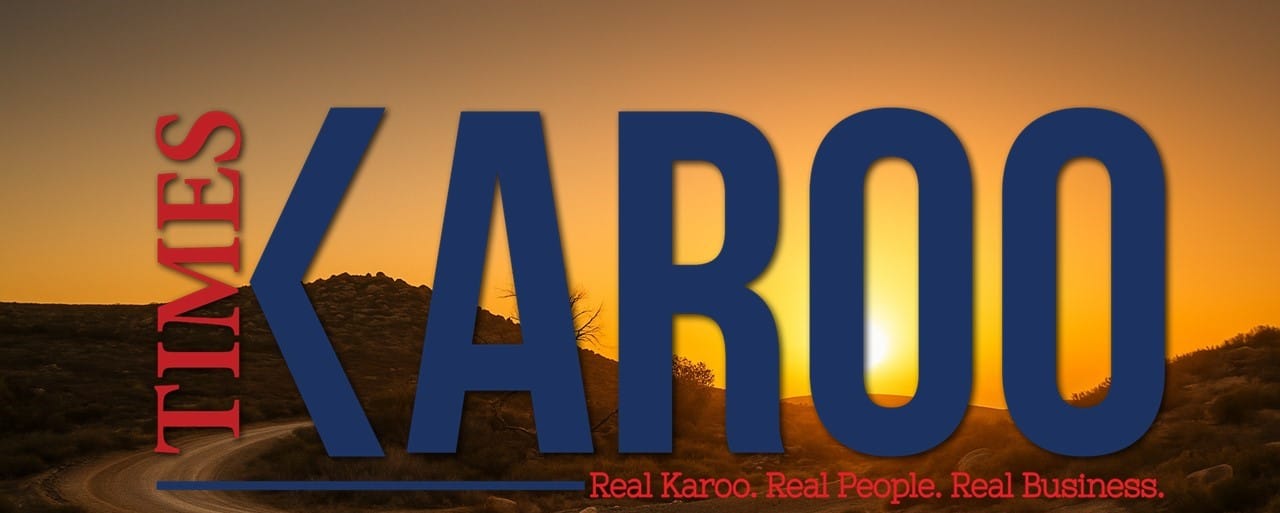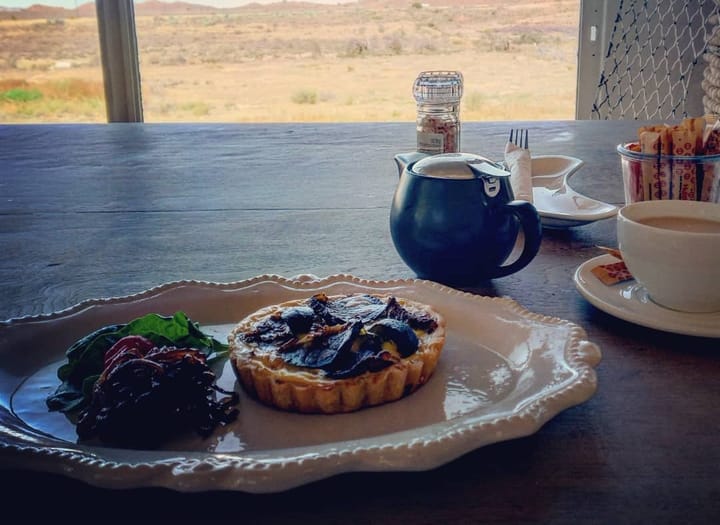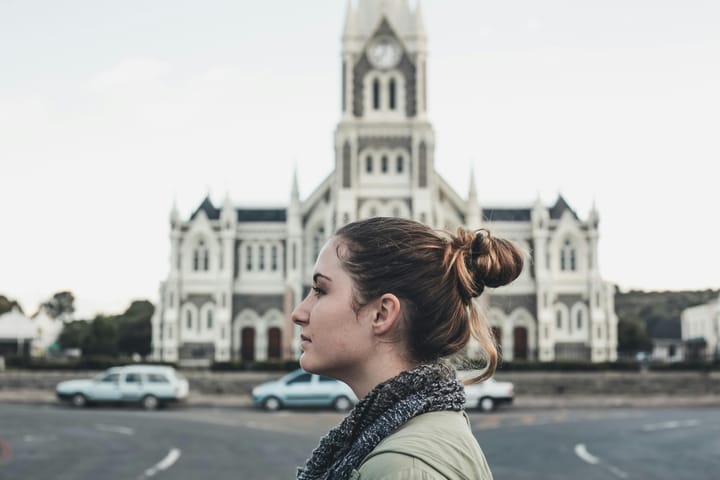The Karoo’s timeless style in workwear and finery
Like with 'vellies' and felt hats, shaped over time, these items become personal artefacts, worn as extensions of the body.


The Karoo has a style all its own. Shaped by its climate, work demands, and cultural traditions, the region’s fashion is about blending functionality with a distinct sense of place.
From the wide-brimmed felt hats to the hand-stitched veldskoene seen at community gatherings, each garment tells a story of survival and local pride. Practicality has always dictated much of what people wear here. The Karoo’s summers can be unrelentingly hot, while its winters are sharp and icy.
Sturdy vellies are a must, not only for farm work but for walking the rocky veld. Felt hats, shaped over time by the weather and the wearer’s own hands, offer both shade and character. These items become personal artefacts, worn in until they feel like an extension of the body.
Textile traditions of the Karoo
The region’s clothing history is woven with threads from many cultures. Settlers brought European fabrics such as wool and linen, adapting them to the demands of the semi-arid landscape.
Mission stations introduced simple cotton dresses, which were easy to wash and mend. Local artisans repurposed these materials into practical garments, sometimes decorating them with beading or embroidery influenced by indigenous craft traditions. Wool production in the Karoo has been a steady presence since the 19th century, feeding into both local use and export markets.
Heavy woollen coats, knitted jerseys, and handwoven blankets became essentials during the cold season. Many older residents recall mothers and grandmothers knitting by the fire in winter, producing garments that would last for decades.

Even now, some families keep these heirloom items stored in cedar chests, bringing them out for special occasions.
Festival and market style
If everyday Karoo fashion leans towards practicality, festival wear leans towards expression. Agricultural shows, church fêtes, and annual arts festivals bring colour and creativity to the streets.
Women often don floral skirts or dresses in bright prints, paired with colourful vellies or hand-stitched shawls. Men might swap work boots for polished leather shoes and don an ostrich-skin belt.
Markets are another place where functional fashion takes on flair. Local seamstresses and weavers sell handmade dresses, aprons, and wraps, often using cotton, linen, or wool sourced from regional farms.
Stalls display scarves dyed with natural pigments from plants. Buyers come looking for something that is both wearable and tied to the identity of the Karoo itself.
Modern reinterpretations
In recent years, local designers have begun blending heritage garments with contemporary styles. Taking inspiration from the felt hat, designers reimagine sleeker versions in unusual colours or with unique brims. There is a growing interest in slow fashion principles, with designers focusing on durable, sustainable fabrics and small-batch production.
This modern wave often draws on the region’s textile history. Wool from Karoo sheep is being used to create soft, high-quality knitwear sold in boutiques across the country.
Embroidery patterns inspired by the flora and fauna of the veld are stitched onto modern silhouettes. By pairing heritage craft with modern cuts, these designers are keeping the Karoo’s sartorial traditions alive while opening them up to new audiences.
Fashion as identity
Clothing in the Karoo has always been a marker of belonging. The shape of a hat brim, the wear on a pair of veldskoene - these small details signal a shared connection to the land. Even as trends shift, the core elements remain: practicality and a simple beauty drawn from the surrounding landscape.
In this way, the Karoo dress code is a living archive of the region’s history, from the earliest woollen coats to the latest reinterpretations on local runways.





Comments ()